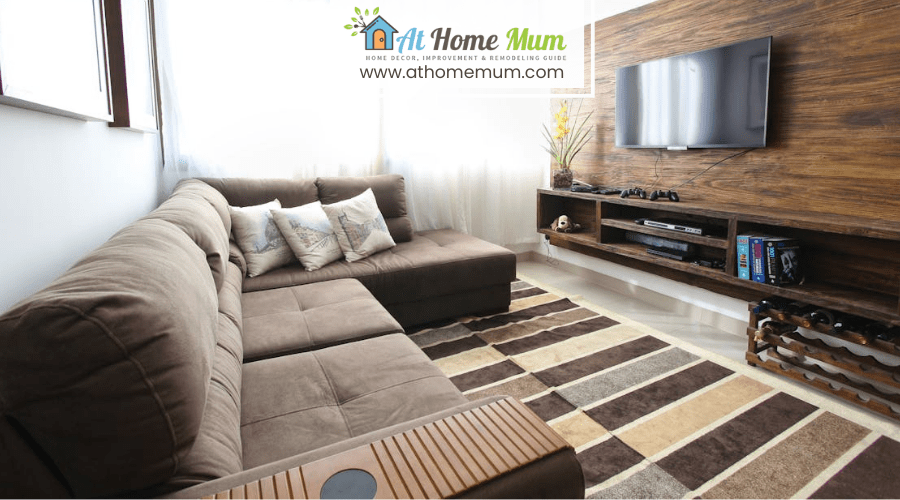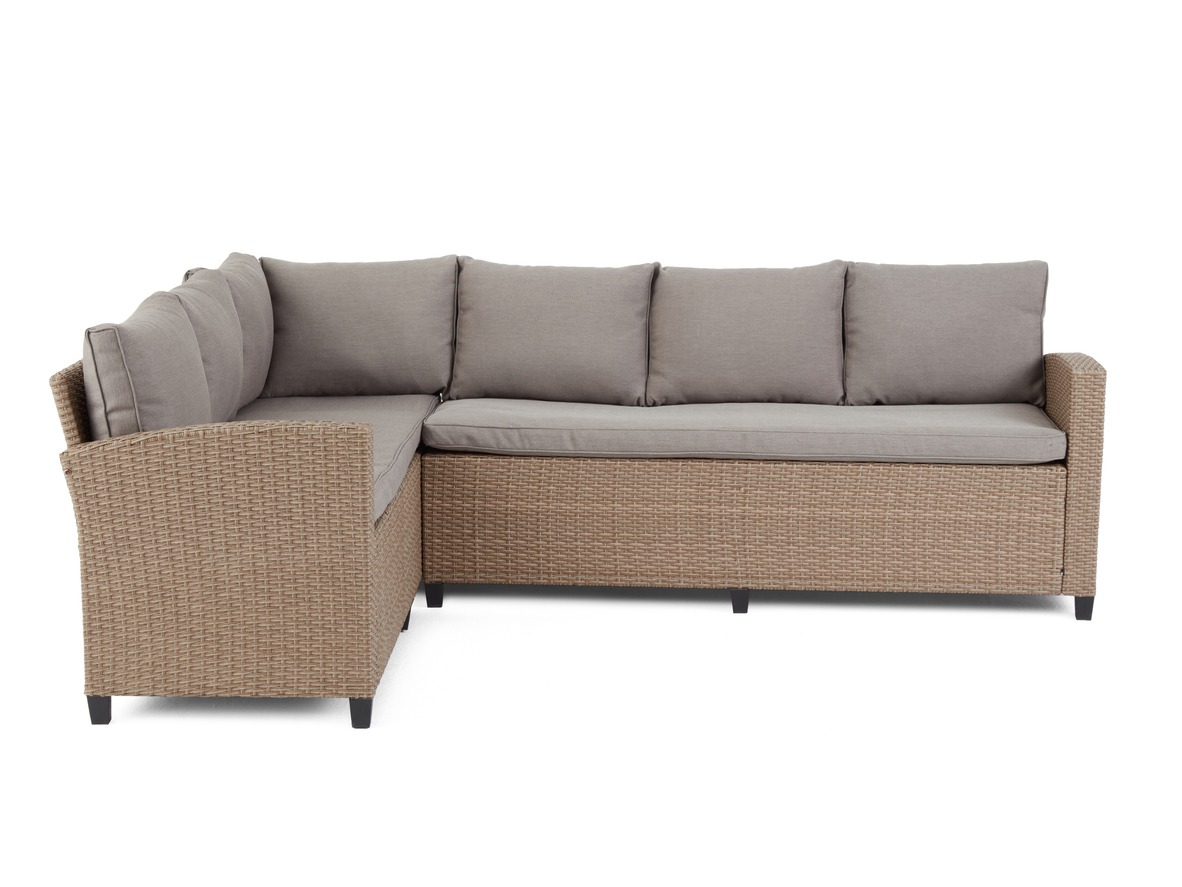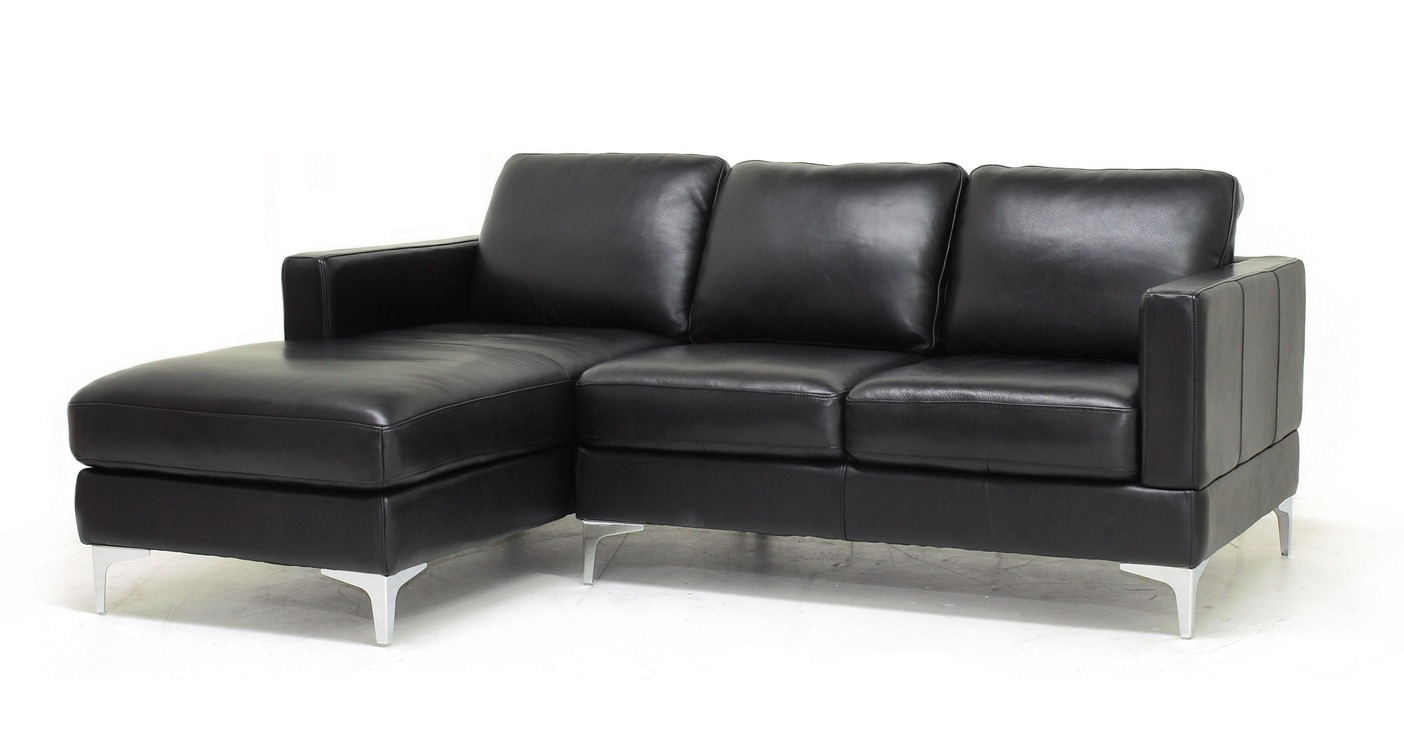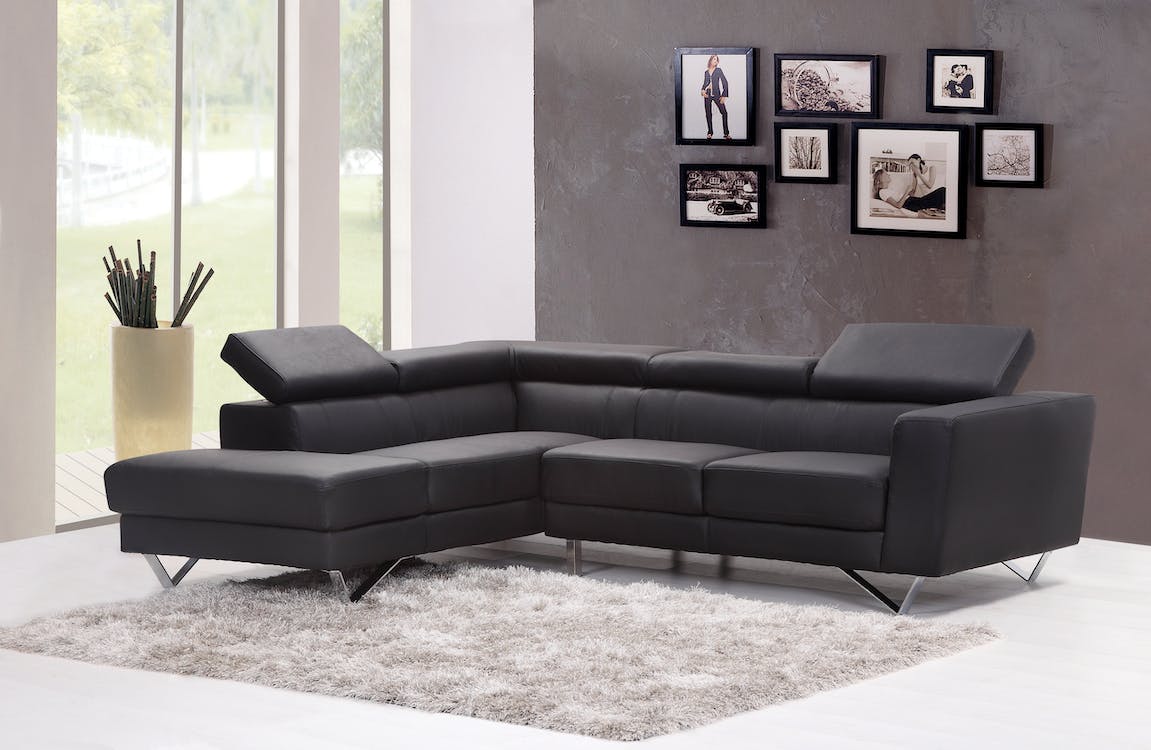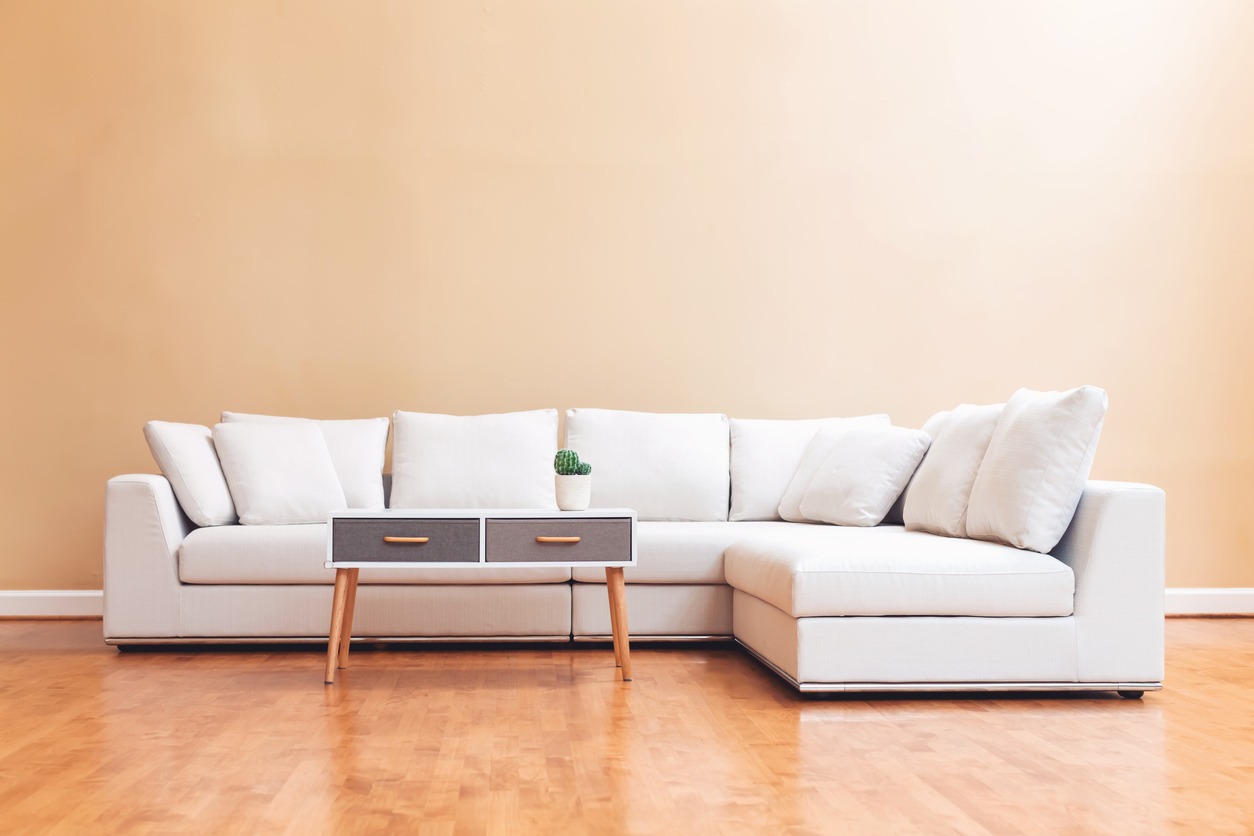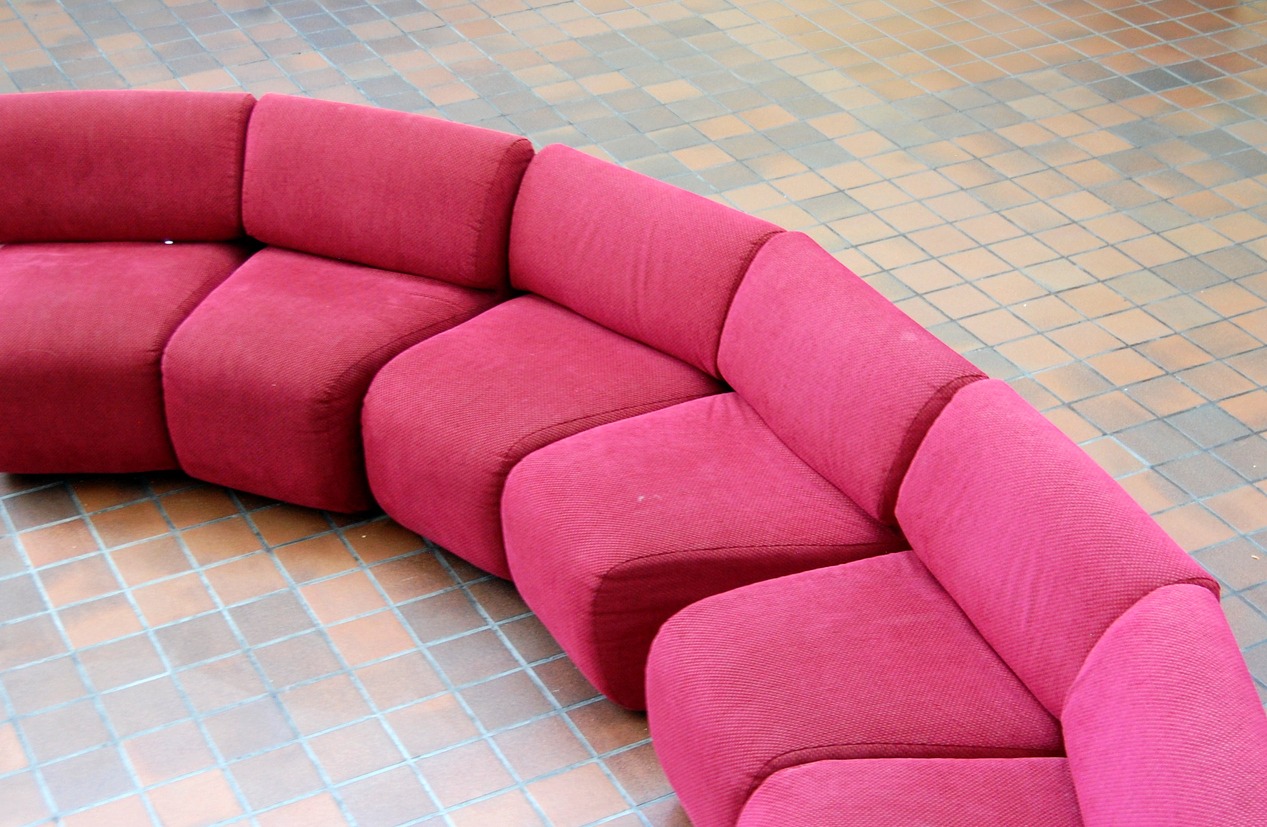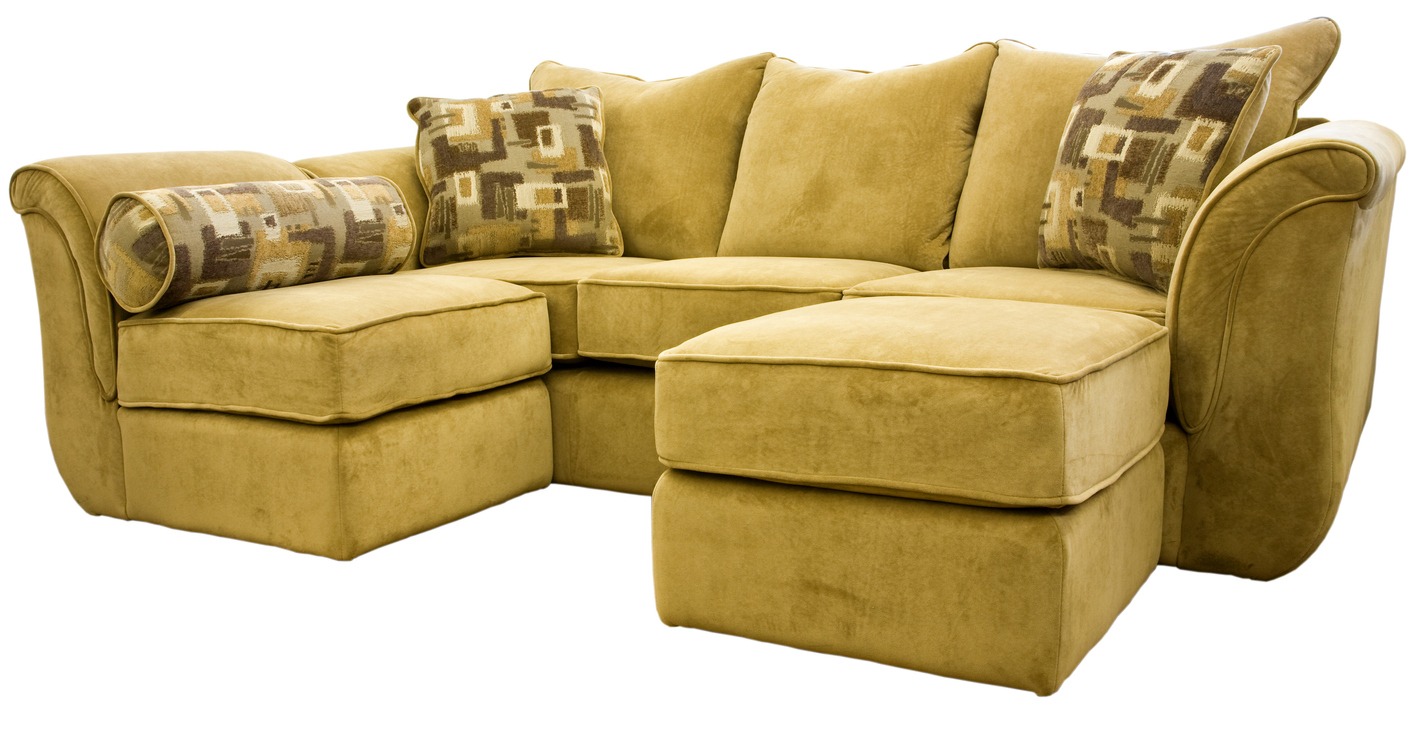When outfitting a living space with comfortable and stylish seating, the choice between leather and fabric sectional sofas often emerges as a crucial decision. Each material brings its unique attributes to furniture, influencing not only the aesthetics of a room but also the lifestyle it accommodates. Leather, known for its durability and upscale appearance, can bolster the elegance of a home. It requires maintenance to retain its refined look but stands up well to the test of time. Fabric, on the other hand, offers a vast array of patterns and textures that can integrate seamlessly into diverse decor styles and tends to provide a cozier and warmer touch.
Choosing the right sectional sofa material hinges on the individual needs and the desired comfort level. Leather sections tend to offer a firmer seating experience and can feel cooler in winter or warmer during the summer months. Conversely, fabric sofas often deliver a softer and more welcoming feel from the outset, appealing to those looking for immediate relaxation without a break-in period. Both options present easy-care solutions, although the specifics of care and maintenance vary between the two, reflecting their distinct properties.
In terms of style, the decision between leather and fabric can significantly affect the ambiance of a home. Leather sofas often make a bold statement synonymous with luxury and timeless appeal. In contrast, fabric sofas present a more casual and approachable aesthetic, accommodating a broad range of personal styles and palettes. The choice between leather and fabric sectional sofas ultimately rests on aligning the furniture with the home’s existing decor and the resident’s lifestyle, ensuring both immediate satisfaction and enduring contentment.
Analyzing Comfort and Style
Choosing between leather and fabric sectional sofas requires an examination of both comfort and style. Each material offers a unique feel and aesthetic that suits different needs and preferences.
Comfort Level of Fabrics and Leathers
Leather sofas are often perceived as more luxe and durable. Full-grain leather, recognized for its high-quality and durability, adapts to body temperature but can feel colder in winter and stickier in summer months. On the comfort scale, leather may initially feel firmer, but with time it can conform to the user’s body, offering a customized level of comfort.
Fabric sofas, on the other hand, tend to be softer from the start. Materials like microfiber, cotton, velvet, and suede are commonly used, each contributing a different level of softness. A microfiber sofa, for instance, is typically known for its soft feel and easy maintenance, yet it provides considerable durability. Fabrics generally maintain a consistent temperature, making them a comfortable choice in any season.
| Material | Temperature Adaptability | Texture | Maintenance Difficulty |
|---|---|---|---|
| Leather | Adjusts over time | Smoother, firmer | Moderate |
| Microfiber | Consistent | Very soft | Easy |
| Cotton | Consistent | Variable softness | Variable |
| Velvet | Consistent | Plush softness | Moderate to High |
| Suede | Consistent | Soft with nap | High |
Aesthetic and Design Considerations
When it comes to style and aesthetics, leather often presents an air of elegance and traditional charm, whereas fabric offers a vast range of colors and patterns that can easily adapt to modern, trendy, or traditional interiors.
Leather sofas bring a sense of timeless allure and can act as a statement piece in a room. The patina that develops over time adds to their character and the perception of luxury.
Fabric sofas provide a wealth of aesthetic options. They can be found in a spectrum of colors and patterns, from neutral hues suited for minimalistic setups to bold designs that become the focal point of a room. Due to their variety, fabric sofas can more easily match existing home decor and personal style preferences.
Ultimately, the choice between leather and fabric in sectional sofas comes down to individual comfort preferences and desired visual impact within a space.
Material Pros and Cons
When selecting a sectional sofa, one’s choice often hinges on the material, as it dictates both the aesthetic and functional qualities of the furniture. Leather offers durability and a distinctive patina over time, while fabric provides a vast array of textures and patterns.
Benefits and Drawbacks of Leather
Pros:
- Durability: Leather sectionals are known for their longevity and ability to withstand wear and tear.
- Maintenance: Easy to clean, requiring just a wipe down with a damp cloth for most spills.
- Patina: Over time, leather develops a unique patina, adding character that many find appealing.
Cons:
- Cost: Leather is often more expensive upfront compared to fabric upholstery.
- Comfort: Can feel hot and sticky in warm weather, and cold in cooler temperatures.
- Stain Resistance: While leather is relatively easy to maintain, it can be more susceptible to irreversible staining without a protective finish.
Advantages and Disadvantages of Fabric
Pros:
- Comfort: Fabric sofas frequently offer a softer, warmer feel right from the start.
- Variety: Available in a wide range of colors, patterns, and textures to match any decor.
- Stain-Resistant Finish: Many fabric sofas come with or can be treated with a stain-resistant finish, making them more forgiving with spills.
Cons:
- Durability: Fabric may not hold up as well as leather over time, especially in households with children or pets.
- Maintenance: Certain types of fabric can attract pet hair and may be more challenging to clean thoroughly.
- Performance Fabrics: While there are high-performance fabrics that resist stains and wear, they can come at a higher cost, similar to leather.
Durability and Maintenance
When choosing between leather and fabric sectional sofas, one must consider the durability and the level of maintenance each requires. Different materials offer varied longevity and resistance to daily wear. Understanding these nuances aids in making a selection that aligns with the consumer’s lifestyle and maintenance preferences.
Leather Longevity
Leather sofas are renowned for their durability. High-quality leather sectionals, such as those made from full-grain or aniline leather, are especially long-lasting and capable of withstanding the rigors of daily use. The material’s resistance to dust mites and pet dander makes it a practical choice for households concerned with allergens. While genuine leather ages well, gaining character over time, faux leather might lack the same resilience, with a greater propensity for wear and peeling.
- Care: Wiping with a damp cloth
- Maintenance: Regular treatment with a leather conditioner
- Stain resistance: Good for most spills, but can absorb oils
Fabric Wear and Care
Fabric sectionals come with their own set of considerations. The variety available in fabric types means durability can range widely. Some modern fabrics including microfiber or engineered blends might be stain-resistant and prepared to handle spills and wear. However, fabric tends to attract and hold onto stains, dust mites, and pet dander more than leather.
- Care: Vacuuming, spot-cleaning, or professional services for deeper cleans
- Maintenance: Use of fabric protectors can enhance longevity
- Stain resistance: Varied, with some fabrics being easily cleaned and others requiring specialized cleaning solutions
Health and Allergy Considerations
When considering the purchase of a sectional sofa, individuals with allergies may find that the type of upholstery can significantly impact their comfort and health. Leather sofas are often recommended for those with allergies because they are less hospitable to allergens like dust mites and pet dander.
- Leather Sofas:
- Smooth surface repels common allergens.
- Easier to clean and disinfect.
- Less absorption of particles and odors.
In contrast, fabric sofas can trap allergens in their fibers, potentially causing issues for sensitive individuals. However, some fabric types are designed to be hypoallergenic, which may make them a suitable option.
- Fabric Sofas:
- May harbor allergens within the fibers.
- Certain fabrics are treated to be less allergy-inducing.
- Regular deep cleaning is necessary to minimize allergens.
To maintain a hypoallergenic environment, cleaning practices are critical. Leather sofas should be wiped regularly, while fabric sofas require vacuuming with a HEPA filter and, occasionally, professional cleaning. Regardless of the choice, individuals with severe allergies should always conduct a personal assessment of materials before making a purchase.
Cost and Budget Factors
When considering the purchase of a sectional sofa, budget considerations are paramount. A clear understanding of the costs associated with leather and fabric sofas can influence a buyer’s decision, balancing the scales between initial investment and long-term value.
Leather Sofas and Investment
Leather sofas often represent a significant financial commitment, with price points generally higher than their fabric counterparts. The cost is reflective of leather’s longevity and the luxurious aesthetic it offers. Buyers view leather sofas as an investment in their home’s decor—a durable choice that can withstand years of use while maintaining its elegant appeal. High-quality leather often commands a premium, due to its ability to age gracefully and resist wear.
Fabric Sofas and Affordability
In contrast, fabric sofas are famed for their affordability. A wide range of high-quality fabrics exists, allowing for varied pricing that can accommodate most budgets. The price for fabric sofas can vary significantly based on the textile’s quality and design. They offer budget flexibility without compromising on style or comfort. Consumers can find a diverse spectrum of patterns and textures that complement their decor, making fabric sofas a cost-effective option for those looking to blend practicality with personal taste.
Lifestyle and Practicality
When selecting a sectional sofa, one’s lifestyle greatly influences the decision between leather and fabric. This choice is pivotal in how the sofa will meet the daily needs of a home, considering the presence of pets, children, and individual habits.
Furniture for Families with Kids and Pets
For families with kids and pets, a fabric sectional sofa may be more suitable due to its softer and warmer qualities. Fabric sofas often come pre-treated with a stain-resistant finish, making cleanup easier when spills occur. Additionally, they tend to have a more “broken in” feel which can be comforting for young children. However, pet hair can be more visible and harder to remove from certain fabric types.
On the other hand, leather sofas are known for their durability and ease of maintenance. Leather can be more resilient against the wear and tear from active children and pets but may show scratches more easily. A consideration for owners of pets that shed is that leather does not hold pet hair, and it can be effortlessly wiped clean.
Choosing Based on Personal Habits
Personal preferences play a significant role when it comes to the practicality of a sectional sofa. For someone who prioritizes cleanliness and a low-maintenance lifestyle, leather might be the preferred choice. Its easy-to-clean surface can handle the demands of a high-traffic room, proving to be an efficient option for homes that host frequent gatherings or for individuals with an active social life.
In contrast, for those who enjoy changing the aesthetics of their home regularly, a fabric sofa could prove advantageous. Fabric offers a vast array of colors, patterns, and textures, allowing for more versatility and personal expression in the living space. Furthermore, a fabric sofa may provide a warmer, cozier atmosphere during colder months, which appeals to individuals with a more home-centered lifestyle.
Selecting between a leather and fabric sectional sofa should be guided by one’s unique lifestyle needs. While leather offers longevity and ease of cleaning, fabric provides warmth and customization, catering to different priorities in a household.
Variety in Types and Textures
Choosing a sectional sofa involves navigating a vast array of materials, each offering a unique combination of texture and style. Whether in the realm of leather or fabric, options abound to cater to different preferences and design aesthetics.
Leather Sofa Selections
Genuine Leather: Genuine leather sectionals offer a premium look and feel, with full-grain leather being the most natural and least processed variety. It is durable and has a unique patina that develops over time. Top-grain leather is a more refined version, smoother and more consistent in appearance, yet still quite resilient.
Semi-Aniline Leather: This leather is treated with a small amount of pigment, balancing the natural aesthetics of aniline while offering more color consistency and increased durability.
Faux Leather: An alternative to natural leather, faux leather sectionals are made from synthetic materials, often boasting enhanced breathability and a wide spectrum of colors and textures that mimic genuine leather.
Fabric Sofa Types
Performance Fabric: These are engineered to resist stains and wear, making them suitable for high-traffic areas. Performance fabrics often have a protective coating and are made from durable, synthetic materials.
Linen: Known for its natural look and breathability, linen provides a relaxed and comfortable feel. It’s often favored for its elegant, timeless appeal but can wrinkle and stain more easily than other fabrics.
Chenille and Wool: These materials bring a soft, plush texture to sofas. Chenille is velvety and cozy, whereas wool offers warmth and a natural resistance to staining and wrinkles.
Patterns and Colors: Fabric sofas shine in the variety of patterns and colors available, from bold, modern prints to classic solids. The range of choices allows for personalization of space to a high degree, with both natural and synthetic fabric types offering different tactile experiences.
Environmental Factors and Sofa Selection
When selecting a sectional sofa for a living room or any space within a home, it’s crucial to consider how environmental factors such as temperature and light exposure can influence the performance and longevity of the material chosen.
Temperature and Material Choice
The temperature of an environment can greatly affect the comfort level of a sectional sofa. Leather sofas tend to absorb heat, making them feel warm and potentially sticky in high temperatures, while fabric sofas typically remain cool and breathable. It should be noted that:
- Leather:
- Hot Weather: Can become warm to the touch and cause discomfort.
- Cool Weather: May feel cold initially, but warms with body heat.
- Fabric:
- Breathability: Offers better air circulation, maintaining a neutral temperature.
Light Exposure and Material Durability
Light exposure can lead to fading and wear in sofa materials over time. Leather is generally more resistant to fading but can show wear in the form of cracking if not properly maintained. Fabric, on the other hand, can fade more quickly but often shows less noticeable wear. Key points include:
- Leather:
- Fading: Less susceptible, retains color well over time.
- Wear: Requires conditioning to prevent cracking.
- Fabric:
- Fading: Prone to fading, especially in bright, sunlit rooms.
- Wear: Typically wears evenly, often hiding signs of light damage.

